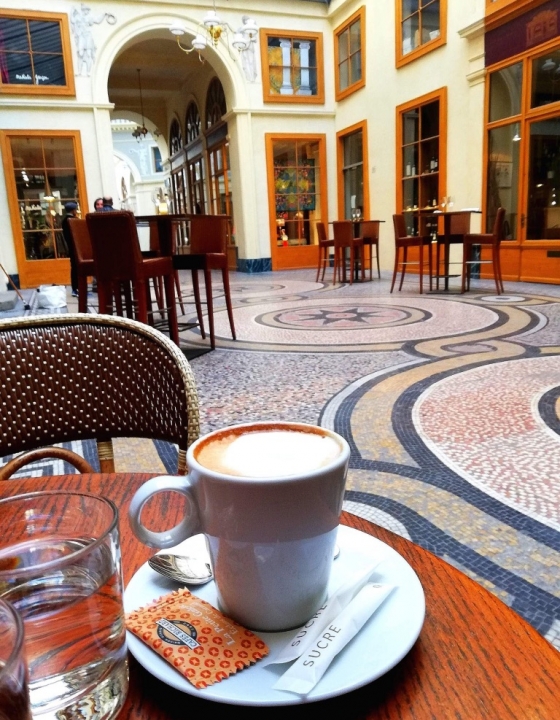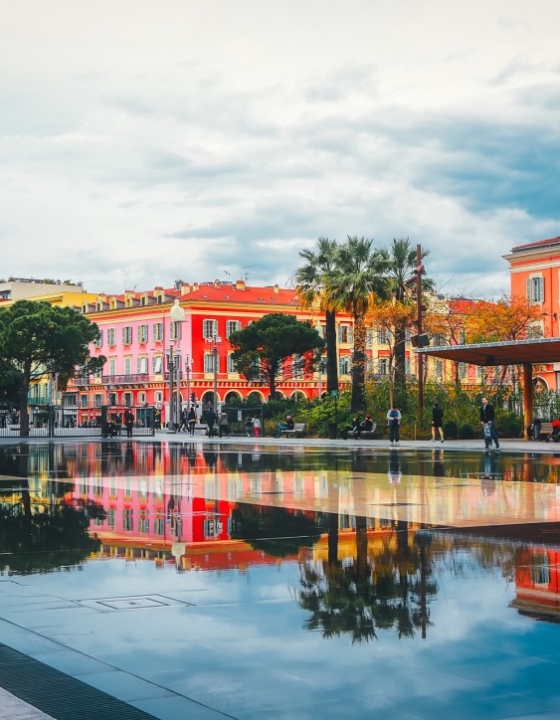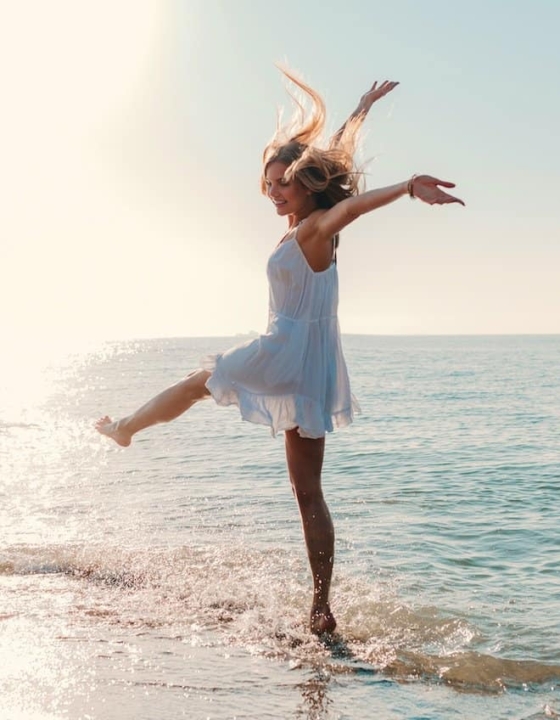Hi everyone and Welcome back to the The Code of Style Magazine, and I’m delighted to share with you this post about “Dances from around the world”, by the author of “Dance Adventures: True Stories about Dancing Abroad“, Megan Taylor Morrison.
If you’re craving some cool new dance moves, but can’t get into the studio in these times, here’s some dance inspiration from around the world.
My new book, Dance Adventures: True Stories About Dancing Abroad, features 19 epic stories about dance traditions around the world. After a lifetime as a professional dancer, life coach, and dance travel entrepreneur, I’m delighted to combine my professional experience into a power-packed, inspiring and educational anthology that shares stories of community, personal growth and self-expression through movement.
Authors featured in the book include renowned performers, dance educators, and other avid dance travelers. Among them are Alvin Ailey dancer Courtney Celeste Spears, West African Dance Instructor Makeda Kumasi who teaches UC Riverside, and award-winning dance educator Helen Tocci.
These wonderful authors share stories from 17 different countries, including India, Senegal, Brazil, Cuba, and Hungary. Their stories teach about various dance traditions, and include a resource guide at the end of each essay.
The book highlights dances from around the world such as:
Xigubu (Mozambique)
Xigubo is a warrior dance from the Changana tribe in the southern region of Mozambique that involves jumps, spins, and kicks — as well as other athletic movements — performed to live drumming. Xigubo was traditionally a way for men to build strength as they prepared for war. Today, however, it still helps people to build strength and confidence and is mainly performed as a celebration of peace. You can watch performers from Hodi Maputo Afro Swing (the dance troupe highlighted in the Dance Adventures story) perform Xigubu here.
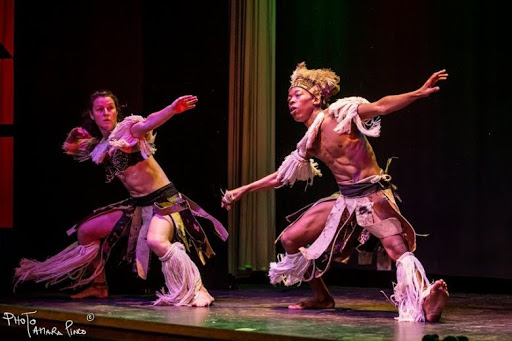
Photo credit: Tamara Pinco.
Pangalay (Philippines)
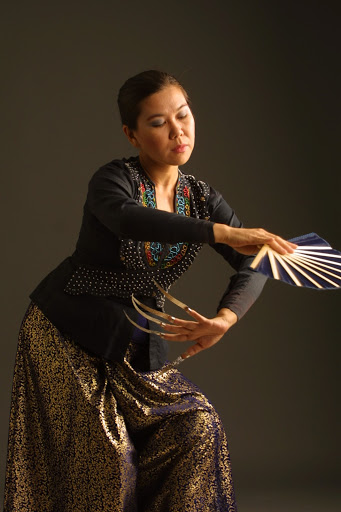
Photo credit: Earthian Magazine and Medge Samblaceño-Olivares
Pangalay hails from the Sulu Archipelago, a chain of islands in the southwestern region of the Philippines. This d fluid dance focuses on the curving and curling of fingers and palms, with performers often wearing ornaments of long, metal fingernails to accentuate the movements of their hands. Pangalay’s rich movement vocabulary reflects the beauty of the Philippine archipelago, with its movements representing the quality of ocean waves, a palm leaf, a gust of wind, or the flutter of a bird’s wings. Watch a video about the meaning of pangalay hand movements here or a video of the AlunAlun Dance Circle (the performance group featured in Dance Adventures) here.
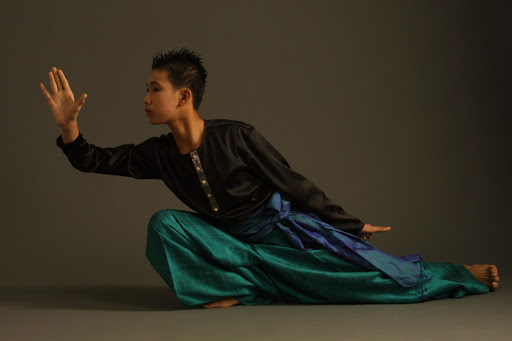
Photo credit: Earthian Magazine and Medge Samblaceño-Olivares
Karagattam (India)
Dance allows for improvisation
Karagattam is a folk dance from the southern Indian state of Tamil Nadu. In Karagattam, a performer is required to balance a decorated brass pot on their head while dancing and sometimes executing circus-like stunts that sometimes incorporate fire, ladders, and literal pins and needles. Watch a karagattam performance here.
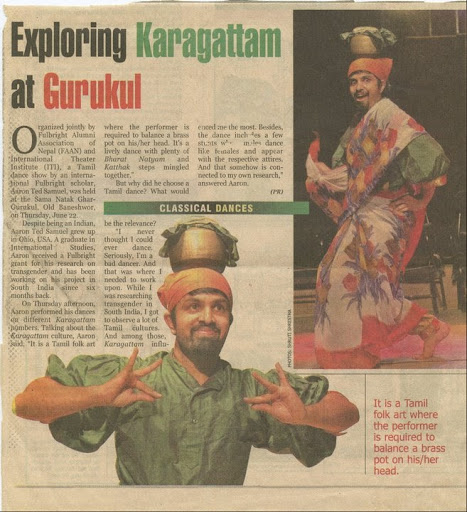
Photo credit: The Kathmandu Post
Transylvania Lad’s Dance (Romania)
Lad’s dances are a genre of men’s folk performance that involve stomps, heel slaps, and other rhythmic and dynamic movements. Lad’s dances are performed during festive occasions, such as weddings, by Romanian and Hungarian men aged 5 to 70. The dance is also traditionally done so that young men can strengthen their social status in anticipation of marriage. You can watch Lad’s dance here.
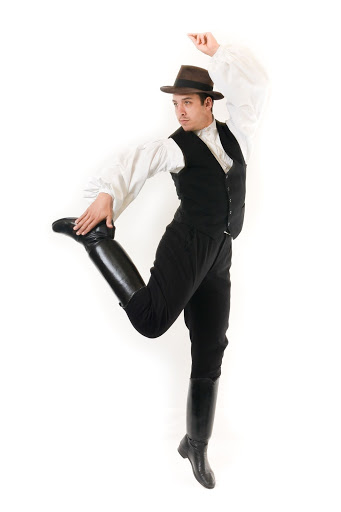
Photo credit: Melles Endre
Lamban (West Africa)
Lamban, a dance to celebrate the Jali (or Griots) in West Africa, typically begins with slow music that increases in tempo as the performers movements become more dynamic. The Jali are poets, praise singers, and wandering musicians who are considered crucial oral historians. The Jali trade continues to thrive in West Africa, and is passed down through the bloodline. Watch the renowned West African dance performance group, Les Ballets Africains, perform lamban here. Les Ballets Africains is celebrated in a story in Dance Adventures about Guinea.
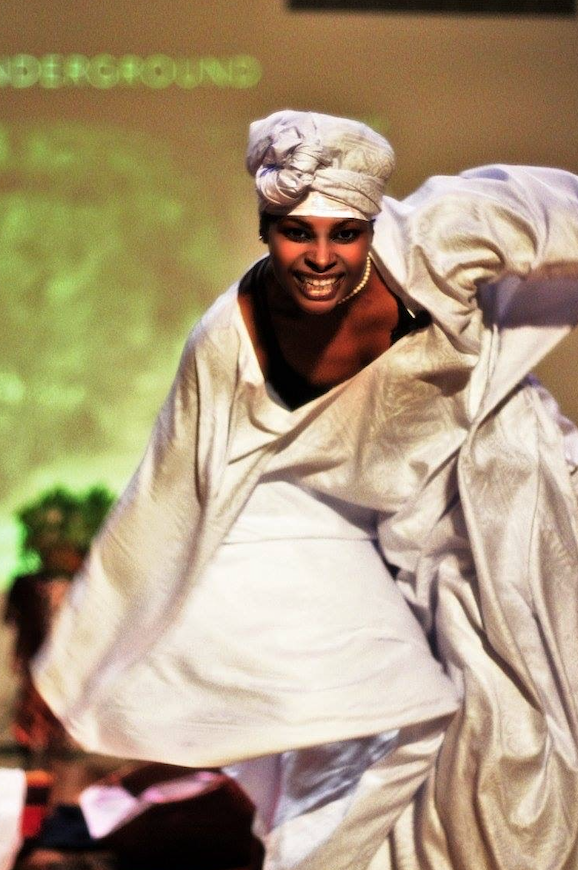
Photo Credit: William L. Jones
These dances from around the world explore a wide range of movements that can express many emotions and aspects of the human experience — not to mention ample inspiration for anyone looking to hone their skills on the dance floor. From incorporating rhythmic stomping to finding new ways to move your arms, studying karagattam, pangalay, lamban, Transylvania lad’s dance, and xigubu will give you ample options to liven up your next dance!
I hope you enjoyed this article on dances from around the world, and you can buy the book here if you want to know more!
I’ll be back to share some more articles with you again soon!
Julia x ( Senior Managing Editor)
Website: Style&ConfidencewithJulia : Instagram: @julia.rees_
FEATURED IMAGE CREDIT : Makeda Kumasi, author of the story “We Return” in Dance Adventures, performs Lamban in a show that she directed and choreographed at the Culver Art Center in Riverside, CA. Photo Credit: William L. Jones
Megan Taylor Morrison is a former professional dancer, turned life-coach and dance travel expert and her book “Dance Adventures: True Stories About Dancing Abroad” features 19 dancers and artists including Courtney Celeste Spears recounting – in personal essays – their experiences learning 26 traditional dances from the Philippines, India, Africa, South America, and beyond. Complete with descriptions of steps and combinations and a resource guide at the end of each essay for would-be jet setting dancers who want to learn more, the book introduces dances such as:
- Pangalay (Phillipines)
- Karagattam (India)
- Mandjan (Senegal)
- Xigubu (Mozambique)
- Forro (Brazil)
- Korcos (Hungary)
Each dance consists of elaborate, surprising moves such as curling the fingers back toward the wrist, stomping and leg-slapping, or balancing a brass pot on the head. And each one tells a rich, historical or cultural story.






